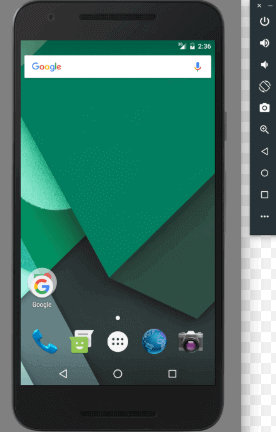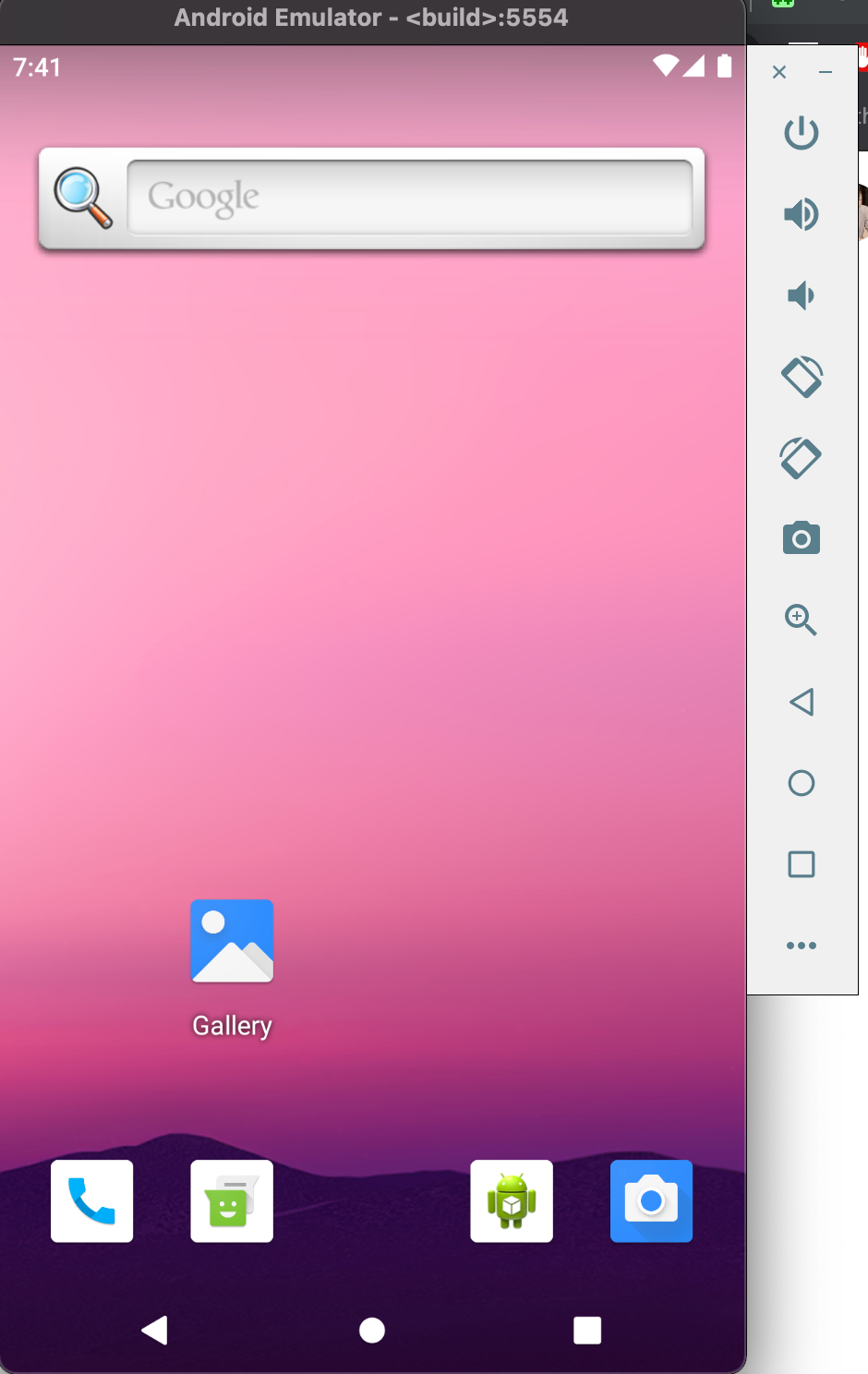

- WHERE IS ANDROID EMULATOR FILE LOCATIONED MAC FOR MAC
- WHERE IS ANDROID EMULATOR FILE LOCATIONED MAC UPDATE
- WHERE IS ANDROID EMULATOR FILE LOCATIONED MAC FOR ANDROID
- WHERE IS ANDROID EMULATOR FILE LOCATIONED MAC PC
$ANDROID_HOME/emulator/emulator-headless -no-boot-anim -netdelay none -no-snapshot -wipe-data -verbose -show-kernel -no-audio -gpu swiftshader_indirect -no-snapshot &> /tmp/log.txt &

$ANDROID_HOME/tools/bin/sdkmanager -install "system-images android-29 google_apis x86"Įcho "no" | $ANDROID_HOME/tools/bin/avdmanager -verbose create avd -force -name "pixel" -device "pixel" -package "system-images android-29 google_apis x86" -tag "google_apis" -abi "x86" $ANDROID_HOME/tools/bin/sdkmanager -install "emulator" Sudo $ANDROID_HOME/tools/bin/sdkmanager -update I am updating this thread to include a script we’ve recently found to be successfully launching emulators: #!/usr/bin/env bash Warning: Failed to find package system-images android-26 google_apis armeabi-v7a Warning: File /Users/vagrant/.android/repositories.cfg could not be loaded.
WHERE IS ANDROID EMULATOR FILE LOCATIONED MAC UPDATE
CustomCommandFlags: -no-window -no-audio -debug-initĮnsure sdk packages: įailed to update emulator sdk package, error: exit status 1, output: Loading package information. Sample build that failed: Log: INFO * Step dependency (go) installed, available. In case of x86 emualtors it fails due to HAXM requirements, but in case of ARM it’s unable to download dependencies. It fails both for x86 emulators as well as for ARM. Unfortunately step AVD Manager fails no matter what kind of emulator is chosen. Inside this folder you will find all the downloads.I’m trying to run Android emulator on macOS Stack (Visual Studio for Mac, stable). To find pictures, videos and audio files downloaded from WhatsApp to your Android device, open a file manager on your mobile device or computer, go to the SD Card or Internal Storage folder and look a folder called WhatsApp. Probably the best example for this scenario is WhatsApp. Some apps will use a separate folder for downloaded files.

After that, you can go to the folder where are screenshots saved on your Android phone. Once you have located the file, delete it before restart Android phone. Your goal here is to select the option “File Transfer”.Īfter successfully connecting your Android device to your computer, navigate to the SD card folder to find all the downloaded files.Ĭheck out this guide if you encounter problems with Android File Transfer. Go to the favorite file manager and find the folder containing it. In some cases you will also get a notification on your Android device asking you to choose what you want to do with your USB connection. Once plugged in via USB, you should be getting a notification on your computer’s screen, which will tell you to follow a few simple steps to access your device storage. If you’re on Windows, you won’t need any additional software.
WHERE IS ANDROID EMULATOR FILE LOCATIONED MAC FOR MAC
If you’re on a Mac, make sure to download Android File Transfer for Mac first.
WHERE IS ANDROID EMULATOR FILE LOCATIONED MAC PC
If you want to access your downloaded files form your computer, connect your Android device your your Mac or PC using a USB cable. Step 3: Access downloaded files from a Mac or PC Open the folder to see a list of all your downloaded files. Once you locate the folder, go ahead and open it up, and then find a folder called Downloads. What you are looking for are either “Phone Storage”, “Internal Storage” or “SD Card” (sometimes called /sdcard). To find a list of all the downloaded files with the help of a file manager app, simply open it to find a list of directories on your device.
WHERE IS ANDROID EMULATOR FILE LOCATIONED MAC FOR ANDROID
My go-to file manager for Android is Total Commander. If you can’t find it, go ahead and download a file manager from the Play Store. To access the built-in File Manager, go to your App Drawer and find an app called “Files”. Some Android devices will have a file manager already pre-installed, usually on older versions of Android. Another way to get to the Downloads folder is by using a file manager for Android, much like you would use on your Mac or PC to find files.


 0 kommentar(er)
0 kommentar(er)
